Low light photography with 35mm lenses has become a personal passion of mine. It’s about capturing the essence of a scene – the emotions, the atmosphere – that often fade away in the harshness of bright daylight.
I vividly remember the first time I truly embraced this technique. It was a bustling night market, a kaleidoscope of vibrant colors illuminated by flickering lanterns. My trusty 35mm lens proved to be the perfect tool. Its focal length allowed me to capture the energy of the crowd while isolating details – a vendor’s smile illuminated by a single flame, the steam rising from a delicious dish. This experience solidified my love for low light photography with 35mm lenses.
Table of Contents
Understanding Low Light Photography
What is Low Light Photography?
Low light photography involves capturing images in environments with minimal lighting. This can include nighttime cityscapes, dimly lit interiors, or the ethereal beauty of natural light at dusk and dawn. The challenge, however, lies in producing clear, detailed, and visually appealing photographs despite the lack of available light. This is where the magic of low light photography with 35mm lenses comes in.
Challenges of Low Light Photography
Some common challenges associated with low light photography (that I also faced) include dealing with unwanted noise in the image, maintaining sharpness, and achieving proper exposure. Low light often forces photographers to use slower shutter speeds, wider apertures, and higher ISO settings. While these settings allow more light to reach the sensor, they can also introduce complications.
- Noise: Slower shutter speeds can lead to camera shake, resulting in blurry images. Here’s where the sweet spot of a 35mm lens shines. Its focal length allows you to comfortably handhold the camera at slower shutter speeds compared to longer lenses, minimizing camera shake and keeping your images sharp. Additionally, some 35mm lenses boast wider maximum apertures, allowing you to capture more light at faster shutter speeds, further reducing the need for high ISO and minimizing noise.
- Sharpness: Wide apertures can introduce another challenge – focus falloff. This means that only the central part of your image will be sharp, while the edges might appear blurry. However, the moderate focal length of a 35mm lens often provides a good balance between depth of field and sharpness, allowing you to keep your subject in focus without sacrificing too much background detail.
- Exposure: Finding the right exposure in low light can be tricky. While increasing ISO can help brighten the image, it also introduces more noise. A 35mm lens, particularly on a full-frame camera, offers a larger sensor compared to crop-sensor cameras. Larger sensors are generally better at capturing light efficiently, allowing you to use lower ISO settings for cleaner images even in low light conditions.
Advantages of Using 35mm Lenses
We’ve established the well-known versatility of the 35mm lens, offering a natural field of view that seamlessly adapts to various photography styles. However, let’s delve deeper into the specific advantages that make a 35mm lens a powerful tool for low light photography.
Versatility of 35mm Lenses
The 35mm lens is renowned for its versatility. It offers a natural field of view, making it suitable for a wide range of photography styles, from landscapes to portraits. This flexibility makes it an excellent choice for lenses used in low light photography.
Ideal for Low Light Conditions
A key factor for low light photography is a lens’s ability to gather light. Here’s where 35mm lenses excel. Many boast a wide maximum aperture, often reaching f/1.4 or even f/1.8. This wider aperture allows significantly more light to reach the camera sensor compared to lenses with narrower apertures.
The increased light captured by the wider aperture of a 35mm lens unlocks several benefits. Firstly, it allows you to utilize faster shutter speeds. This is crucial in low light environments to prevent camera shake and blurry images.
Secondly, you can keep your ISO settings lower. While increasing ISO helps brighten the image, it also introduces unwanted noise. With a 35mm lens, you can achieve clear and detailed images even in low light by relying less on high ISO settings, thanks to the superior light gathering capabilities.
Technical Aspects of 35mm Lenses
Moving on, improve your understanding of 35mm lenses with their technical aspects. Understanding these will empower you to make informed decisions and unleash the full potential of your lens for low light photography applications.
Aperture Size
Aperture size is one of the most crucial aspects of low light photography. A larger aperture, denoted by a smaller f-number (like f/1.4 or f/1.8) on a 35mm lens, acts like a wider doorway, allowing more light to enter the camera sensor. This increased light intake becomes a game-changer in low light situations.
Focal Length
The 35mm focal length offers a unique balance that’s particularly well-suited for low light photography. It’s wide enough to encompass a decent amount of the scene, allowing you to tell a story with your image. Yet, it’s not so wide that it introduces distortion, a common drawback of ultra-wide lenses. This sweet spot makes the 35mm lens a versatile tool for low light storytelling.
Depth of Field
Another advantage of the wider aperture on a 35mm lens is the shallower depth of field it creates. This means that only a specific area of your image will be in sharp focus, while the foreground and background blur softly. In my experience, this allows for beautiful bokeh effects, those pleasingly blurred highlights, that add a professional touch to low light portraits. It also helps isolate your subject from the background, drawing the viewer’s eye directly to the focal point of your image.
Recommended 35mm Lenses for Low Light
it’s time to identify your ideal partner in crime. Here’s a breakdown of some top contenders known for their stellar low light performance and image quality:
Canon EF 35mm f/1.4L II USM
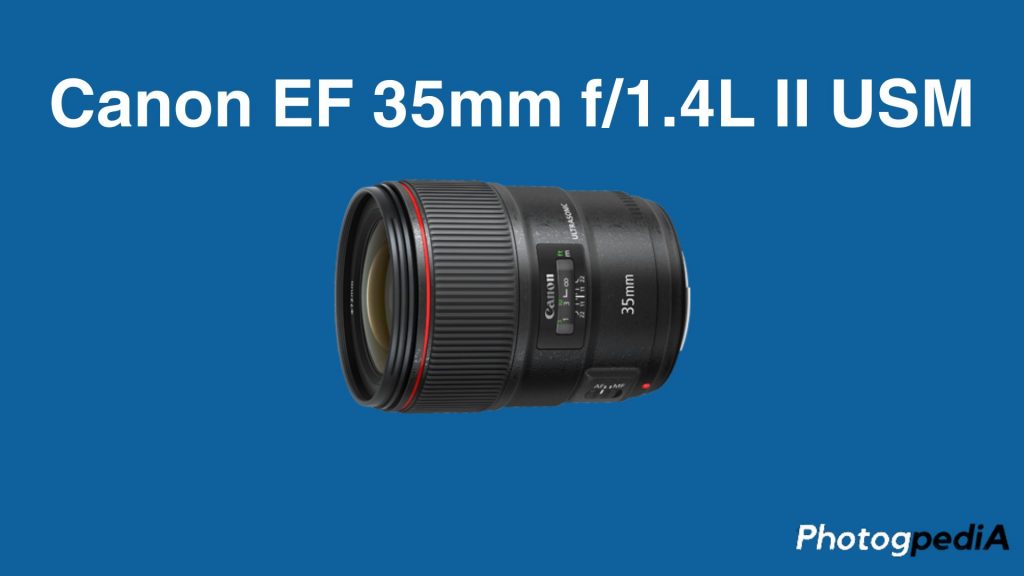
Pros:
- Exceptionally wide f/1.4 aperture for superior low light performance.
- L-series designation signifies top-tier build quality and weather sealing.
- Excellent image sharpness and clarity.
Cons:
- Bulkier and heavier compared to some other options.
- Pricier than some competitors.
Nikon AF-S NIKKOR 35mm f/1.4G
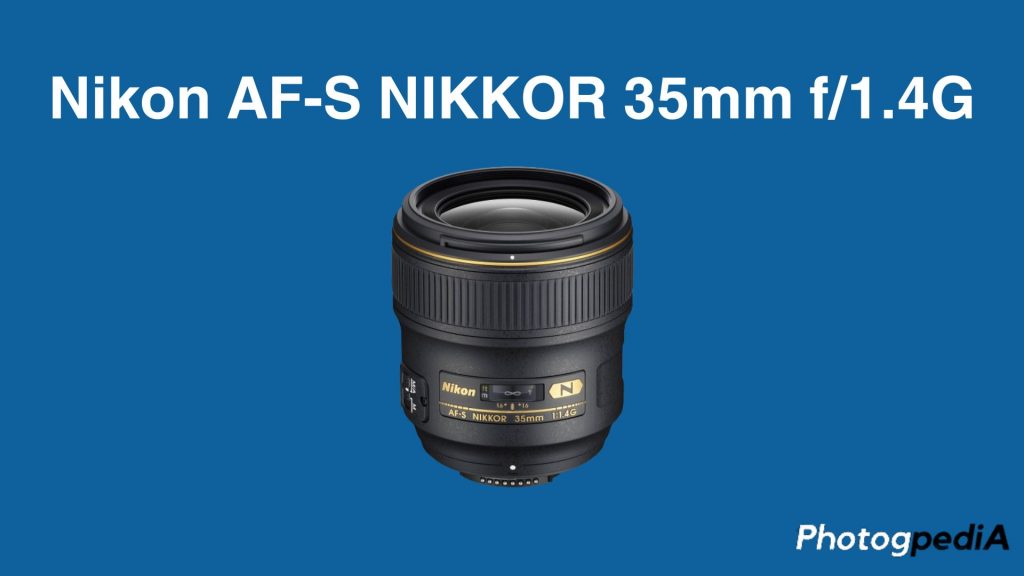
Pros:
- Fast f/1.4 aperture for capturing low light scenes with ease.
- Silent Wave Motor (SWM) ensures smooth and quiet autofocus.
- Solid build quality and durability.
Cons:
- May not be weather-sealed on all models.
- Autofocus performance might not be as snappy as newer lenses.
Sony FE 35mm f/1.8
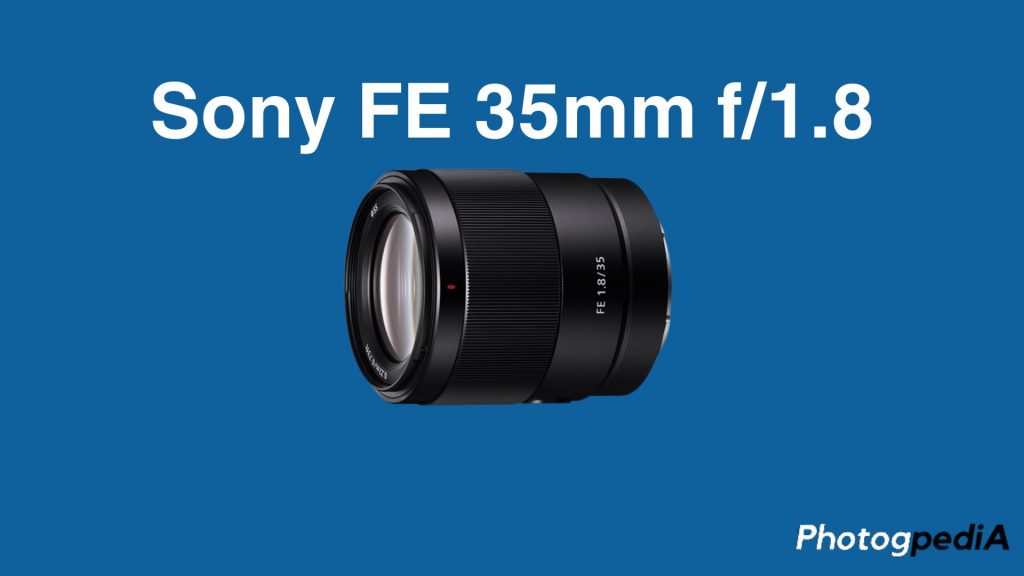
Pros:
- Relatively compact and lightweight design, ideal for travel photography.
- Impressive image quality despite a slightly narrower aperture (f/1.8).
- Affordable option compared to the f/1.4 counterparts.
Cons:
- Slightly less light-gathering capability compared to f/1.4 lenses.
- Autofocus system might not be as robust in very low light situations.
In conclusion, the ideal choice depends on your specific needs and budget. If you prioritize absolute low light performance and weather sealing, the Canon EF 35mm f/1.4L II USM might be the champion. For Nikon users seeking a balance of affordability and good low light capabilities, the AF-S NIKKOR 35mm f/1.4G is a strong contender. The Sony FE 35mm f/1.8 offers a compelling option for those seeking a more compact and budget-friendly solution, with a slight trade-off in maximum aperture. Remember, regardless of your choice, a 35mm lens opens a world of creative possibilities in low light photography.
Camera Settings for Low Light Photography
Now that you’re armed with a trusty 35mm lens, get to know camera settings for low light photography. Mastering these settings will allow you to unlock the full potential of your lens and capture stunning images even when the light dips low.
Aperture Settings: Embrace the Light
As we previously discussed, aperture size plays a critical role in low light photography. Remember, a wider aperture (indicated by a lower f-number) allows more light to enter the lens. Here’s the key takeaway: prioritize using the widest possible aperture on your 35mm lens (such as f/1.4 or f/1.8) in low light conditions. This increased light intake translates to two significant benefits.
- Faster Shutter Speeds: By allowing more light in, you can utilize faster shutter speeds. This is crucial to avoid camera shake and blurry images, especially when shooting handheld.
- Lower ISO: With a wider aperture capturing more light, you can keep your ISO settings lower. While increasing ISO helps brighten the image, it also introduces unwanted noise. By relying less on high ISO, you’ll achieve cleaner and sharper images in low light.
Shutter Speed: A Balancing Act with Sharpness
Shutter speed determines how long the camera sensor is exposed to light. A slower shutter speed allows more light to reach the sensor, which can be beneficial in low light. However, there’s a catch: slower shutter speeds also increase the risk of camera shake and motion blur.
The moderate focal length of a 35mm lens allows you to comfortably handhold the camera at slower shutter speeds compared to longer lenses. This provides some wiggle room for capturing low light scenes without a tripod. However, for ultimate sharpness, especially in very low light situations or with moving subjects, a tripod becomes your best friend.
ISO Sensitivity: Finding the Sweet Spot
ISO controls the camera sensor’s sensitivity to light. Higher ISO settings make the sensor more receptive to light, brightening the image in low light conditions. But there’s a trade-off – increased ISO also introduces digital noise, which appears as grain in your photos.
Low Light Photography with 35mm Lenses Settings Example:
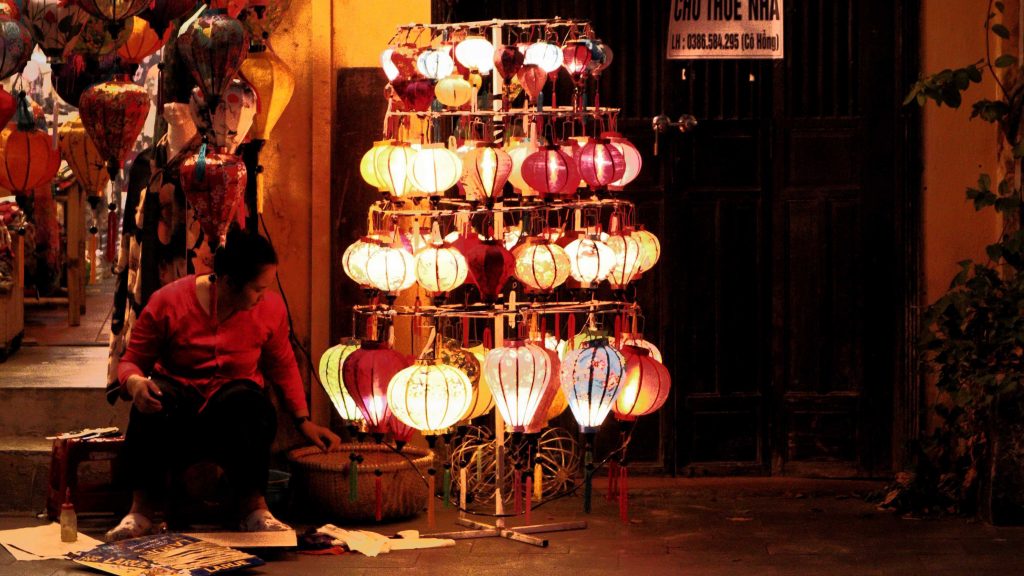
The goal is to find a balance between achieving a bright enough image and minimizing noise. In many cases with a 35mm lens, starting with a lower ISO (around 400) and a wide aperture (f/1.4 or f/1.8) will allow you to use a faster shutter speed (around 1/100s or faster) for sharper images. As the light gets dimmer, you can gradually increase the ISO while monitoring the noise levels to maintain a good balance between brightness and image quality.
Remember, these are just starting points. Experimenting with different combinations of aperture, shutter speed, and ISO is key to finding the sweet spot for your specific situation and desired creative effect.
Post-Processing Tips for Low Light Photos
Noise Reduction
As we discussed, low light photography often introduces noise, appearing as unwanted grain in your images. Thankfully, powerful software like Adobe Lightroom or Photoshop comes to the rescue. These programs offer noise reduction tools that can significantly improve the quality of your low light photos. The key is to find a balance. While noise reduction removes unwanted grain, overdoing it can also soften details and textures in your image.
Personal Preference: Adding a Touch of Clarity
I personally like to add a bit of contrast in post-processing, especially for low light images. A touch of contrast helps to bring out details hidden in the shadows and highlights, adding a sense of clarity and definition to the scene. Experiment and find what works best for your artistic vision, whether it’s a more subdued or a more dramatic look.
Adjusting Exposure and Contrast
Beyond noise reduction, fine-tuning the exposure and contrast in post-processing can dramatically enhance your low light photos. By adjusting these settings, you can reveal details that might have been hidden in the shadows or blown out in the highlights. This adds depth and dimension to your image, making it more visually engaging.
For instance, in a low light portrait with your 35mm lens, you can use these adjustments to highlight the model’s eyes and bring out the details in their clothing or the background scene.
Color Correction
Low light conditions can sometimes cast an unwanted color tint on your image. Luckily, post-processing software offers color correction tools to balance these color casts and restore the natural vibrancy of your low light photographs. This is particularly important for capturing the true essence of a scene, especially when dealing with colorful cityscapes or vibrant details in a dimly lit interior.
Creative Ideas for Low Light Photography with 35mm Lenses
Nightscapes and Cityscapes
Embrace the challenge! Experiment with long exposures to capture the movement of light trails from cars or the ethereal glow of the Milky Way. Play with different perspectives – a low angle to emphasize towering buildings, or a wide shot to encompass the vastness of the cityscape. Remember, composition is key. Leading lines, negative space, and the rule of thirds can all contribute to creating impactful low light nightscapes and cityscape
Indoor Portraits
Low light doesn’t have to be a barrier for stunning portraits. In fact, it can create a more intimate and dramatic atmosphere. Think outside the box! Utilize the available light creatively. The 35mm focal length on a full-frame camera allows you to get close to your subject without distortion, capturing both their expression and the surrounding ambience.
Concert and Event Photography
Concerts and events offer a dynamic and challenging arena for low light photography. The fast pace, varying lighting conditions, and movement require quick thinking and adjustments. Focus on capturing the raw energy of the performance. Use a burst mode to capture the musician’s expressions and the audience’s excitement. This is where your low light photography skills will be tested, but the rewards of capturing the essence of a live performance are truly special.
FAQs on Low Light Photography with 35mm Lenses
What makes the 35mm lens ideal for low light photography?
The 35mm lens is ideal due to its versatile focal length and wide maximum aperture, which allows more light to enter the lens.
Can I use a zoom lens for low light photography?
While prime lenses are generally better for low light due to their wider apertures, some zoom lenses with wide maximum apertures can also perform well.
How do I reduce noise in low light photos?
Use a lower ISO setting, apply noise reduction in post-processing software, and ensure proper exposure to minimize noise.
Is a tripod necessary for low light photography?
A tripod is highly recommended as it stabilizes the camera, allowing for slower shutter speeds without introducing motion blur.
What are some creative low light photography ideas?
Experiment with nightscapes, indoor portraits, and light painting to explore different aspects of low light photography.
Conclusion: Unveiling the Magic of Low Light Photography with 35mm Lenses
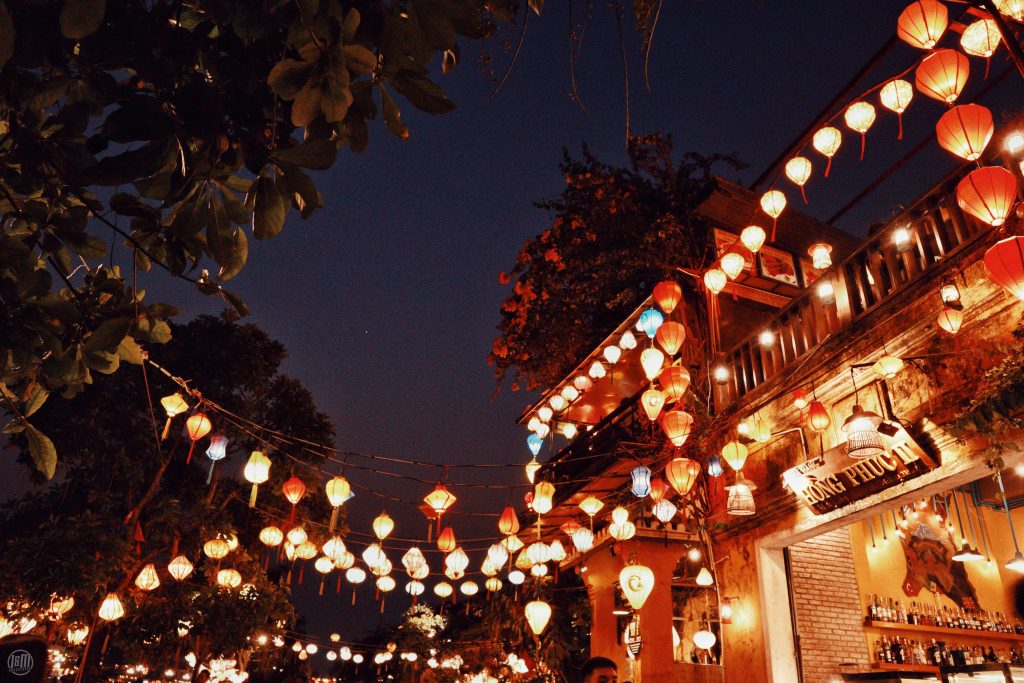
Low light photography with a 35mm lens can be an odyssey of discovery. It presents challenges – mastering camera settings, battling noise, and achieving sharp images in dim environments. Yet, with each hurdle overcome, a new creative vista opens up.
The rewards are undeniable. The ability to capture the ethereal beauty of twilight, the raw emotion in a dimly lit performance, or the captivating energy of a bustling night market – these are just a few of the possibilities that await you. By understanding the technical aspects of your 35mm lens, diligently practicing the right techniques, and utilizing the appropriate camera settings, you’ll be well-equipped to unlock this world of low light magic.
The journey doesn’t end here. Keep experimenting, pushing your boundaries, and refining your skills. With each low light photo you capture, you’ll not only hone your technical expertise but also discover your unique artistic voice. The magic of low light photography lies in the ability to transform the ordinary into the extraordinary, to tell stories with light and shadow, and to capture the essence of a scene that often goes unnoticed in the harsh glare of day. So, grab your trusty 35mm lens, embrace the low light, and embark on your own creative adventure. You might just be surprised by the captivating images you bring back.
About the Author
Hi, I’m Mark – an amateur photographer that first started in 2020. I particularly capture action figures in miniature settings and dioramas. You can follow more of my work at the following social media channels:
- Instagram – iselandmarkventures
- Facebook – iselandmarkventures
- YouTube – The Iselandmarkventures

